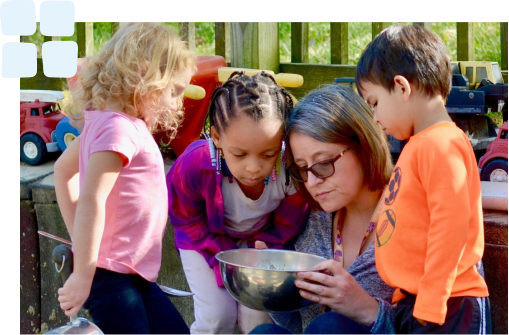pedagogy
What We Teach
The HighScope Preschool Curriculum is based on more than 50 years of research on early childhood development and has been validated through a direct evaluation of the curriculum. The content of the HighScope Preschool Curriculum is organized around eight content areas that outline the experiences essential for the development of the fundamental abilities that emerge during early childhood. These are the basic concepts and skills that young children naturally use repeatedly, given the opportunity. These eight content areas contain 58 key developmental indicators (KDIs), which are aligned with national and state early learning standards, Common Core State Standards, and the Head Start Early Learning Outcomes Framework.
Any successful curriculum is built around active, intentional learning
Learning is focused on eight content areas:

Approaches to Learning

Approaches to Learning

Social & Emotional Development

Social & Emotional Development

Physical Development & Health

Physical Development & Health

Communication, Language & Literacy

Communication, Language & Literacy

Mathematics

Mathematics

Creative Arts

Creative Arts

Science & Technology

Science & Technology

Social Studies

Social Studies
What We Teach
Curriculum Content
Learning and development in these eight content areas are guided by 58 key developmental indicators (KDIs). Each KDI identifies an important skill or behavior and reflects the varied pace of children’s development. Our curriculum is designed to help teachers appropriately support children at their current developmental level and gently extend their thinking and reasoning to the next level, paving the way for school and future success.
The HighScope Preschool Key Developmental Indicators provide the content by which we can measure the progress of active learning as it takes place. They enable teachers to interpret what young children say and do along a developmental continuum and provide the tools teachers need to create an environment in which these behaviors can occur and then to recognize, support, and build on them when they do. By using HighScope Preschool Curriculum content, teachers reinforce children’s play as the primary mechanism for learning and support each child in their growth through close attention, observation, and both physical and verbal interaction.
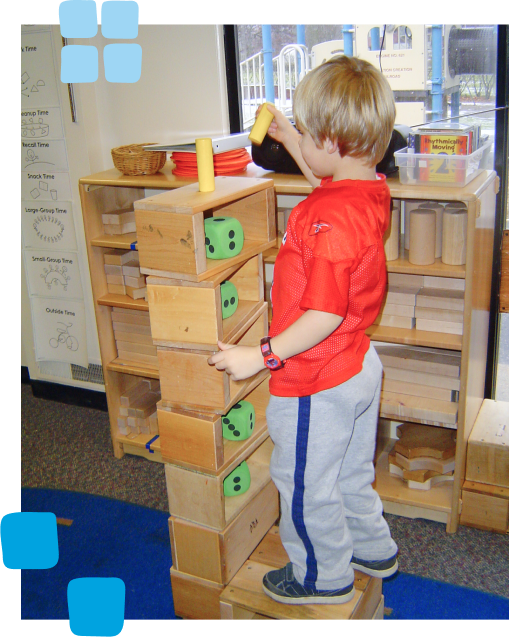
Shop For Preschool
Curriculum

content delivery
How We Teach
In a HighScope preschool program, teachers ignite children’s interest in learning by creating an environment that encourages them to explore learning materials and interact with adults and peers. We focus on supporting early learners as they make decisions, build academic skills, develop socially and emotionally, and become part of a classroom community.
Active learning is at the center of the HighScope Curriculum. It’s the foundation where young children gain knowledge through their natural play and interactions with the environment, events, and other people.
The Preschool Wheel of Learning

The Active Learning Model
Adult-Child Interaction
Teachers act as partners, working alongside children and communicating with them both verbally and nonverbally to encourage learning. Key strategies for adult-child interactions are sharing control with children, communicating as a partner with children, scaffolding children’s play, using encouragement instead of praise, and taking a problem-solving approach to supporting children in resolving conflicts.
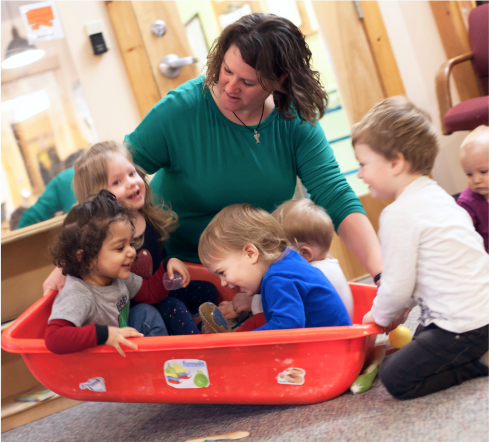
Learning Environment
To create a predictable and active learning environment, teachers arrange and equip the classroom with diverse, open-ended materials that reflect children’s home, culture, and language. The room is organized and labeled to promote independence and encourage children to carry out their intentions.
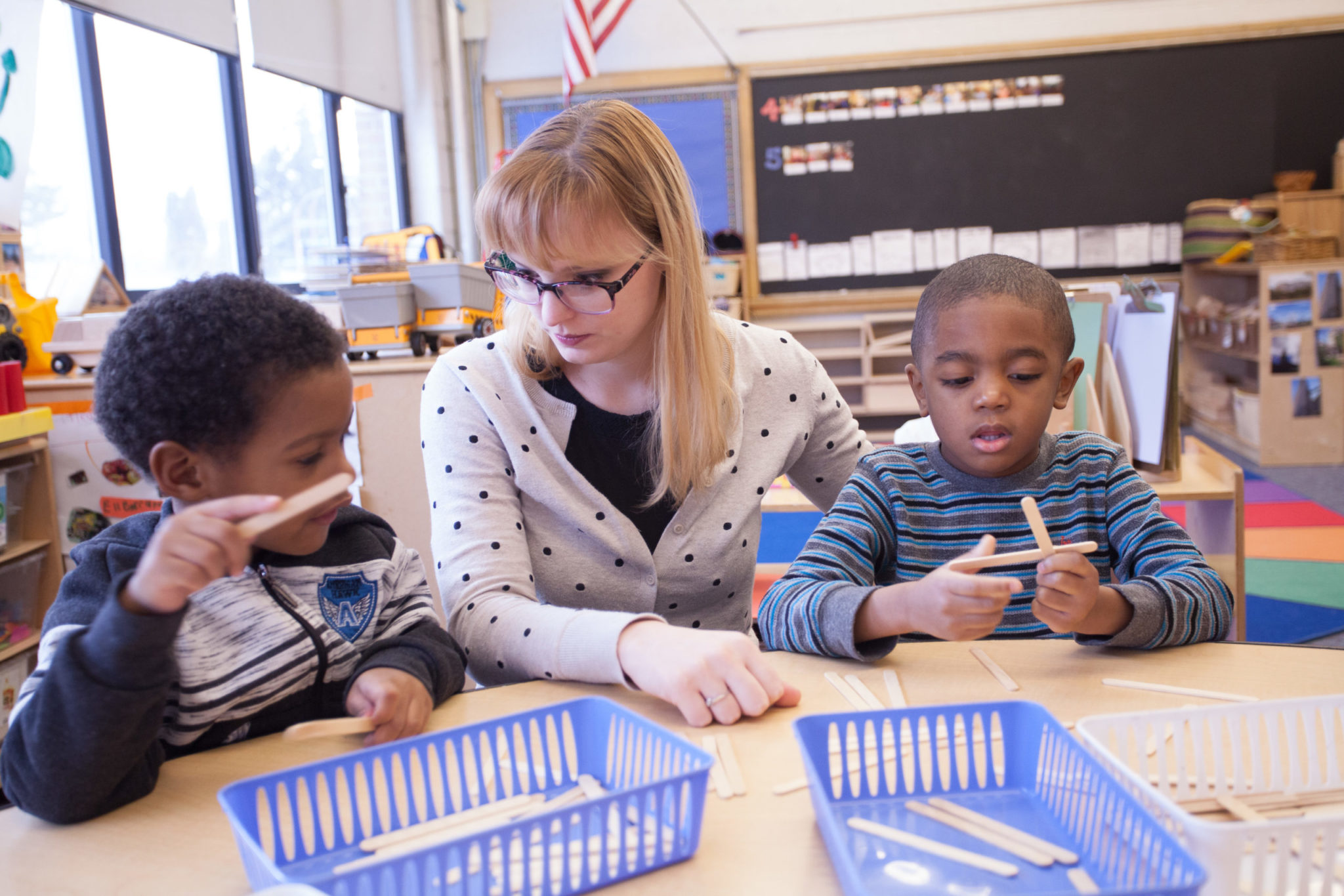
Daily Routine
A consistent framework for the day provides a balanced variety of experiences and learning opportunities. Children engage in both individual and social play, participate in small- and large-group activities, assist with cleanup, socialize during meals, develop self-care skills, and exercise their small and large muscles. The most important segment of the daily routine is the plan-do-review sequence, in which children make decisions about what they will do, carry out their ideas, and reflect upon their activities with adults and other children. These higher-level thinking skills are linked to the development of executive functions, which are needed to be successful in school and life.
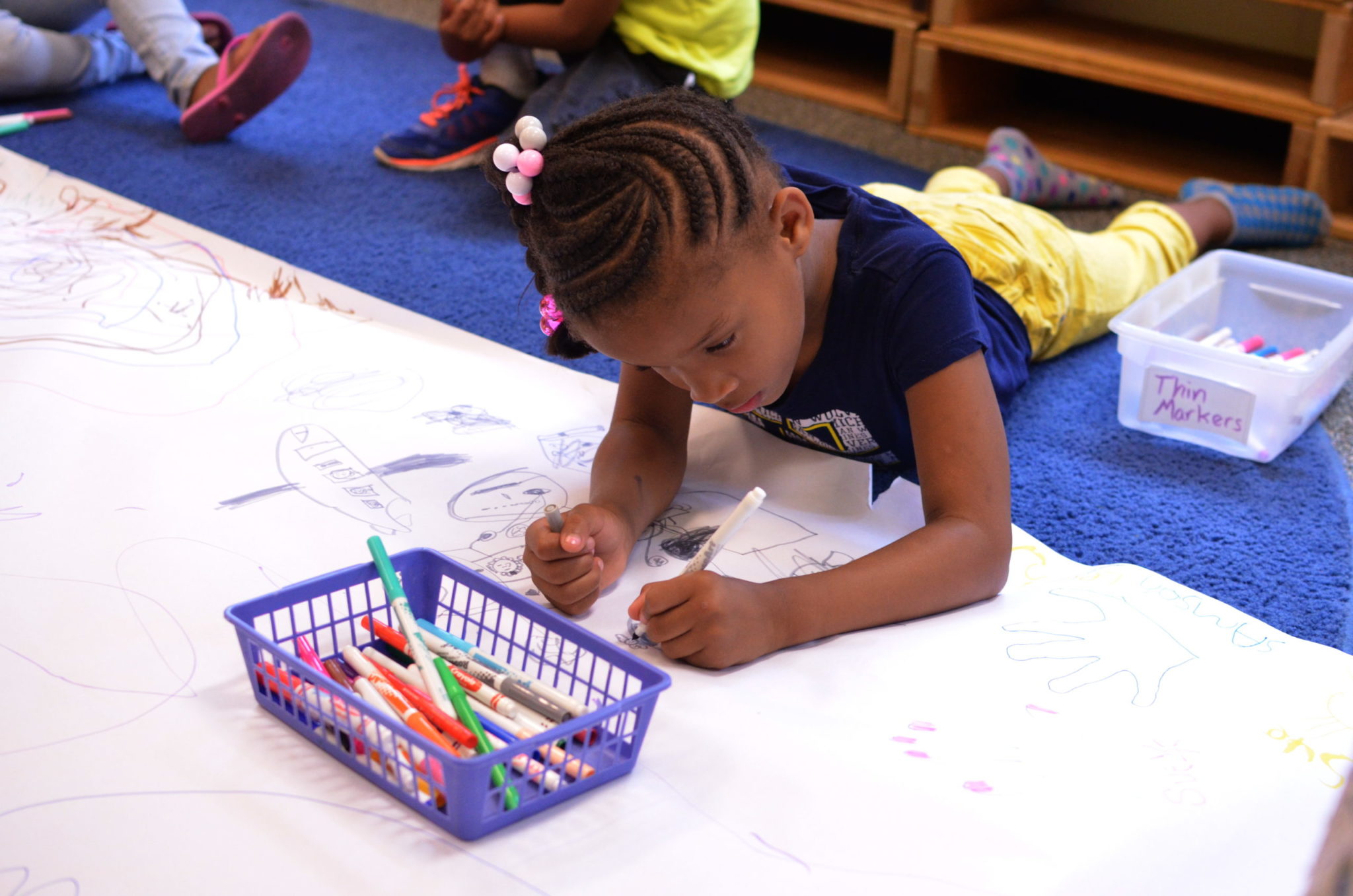
Assessment
Ongoing child assessment is also an underlying component of the HighScope Curriculum. Objective anecdotal observations of children collected throughout children’s natural play allow teachers to assess child progress and plan meaningful learning experiences.
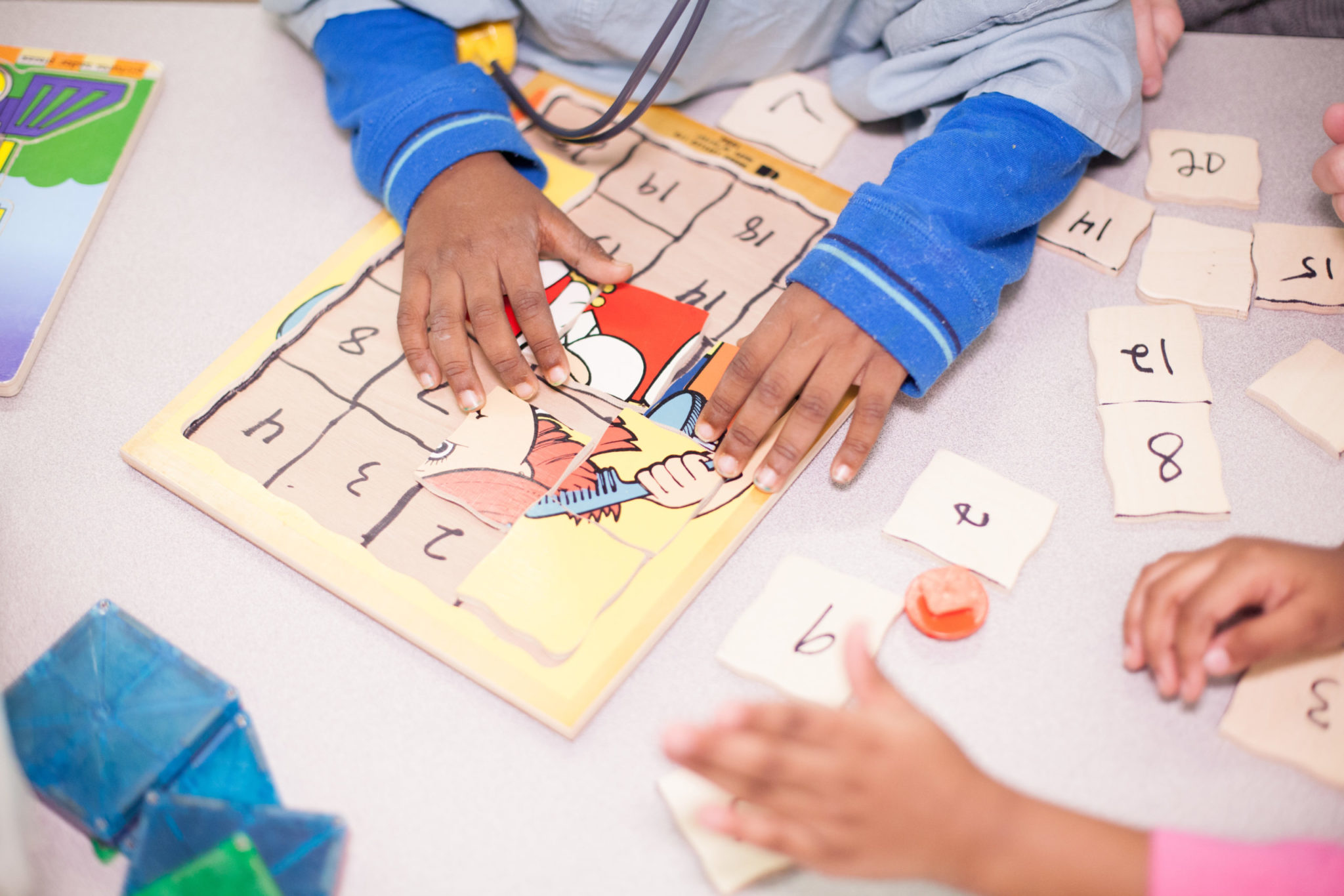
Seeing Is Believing – Visit A HighScope Near You!
Interested In HighScope?
Become a Member Today!
